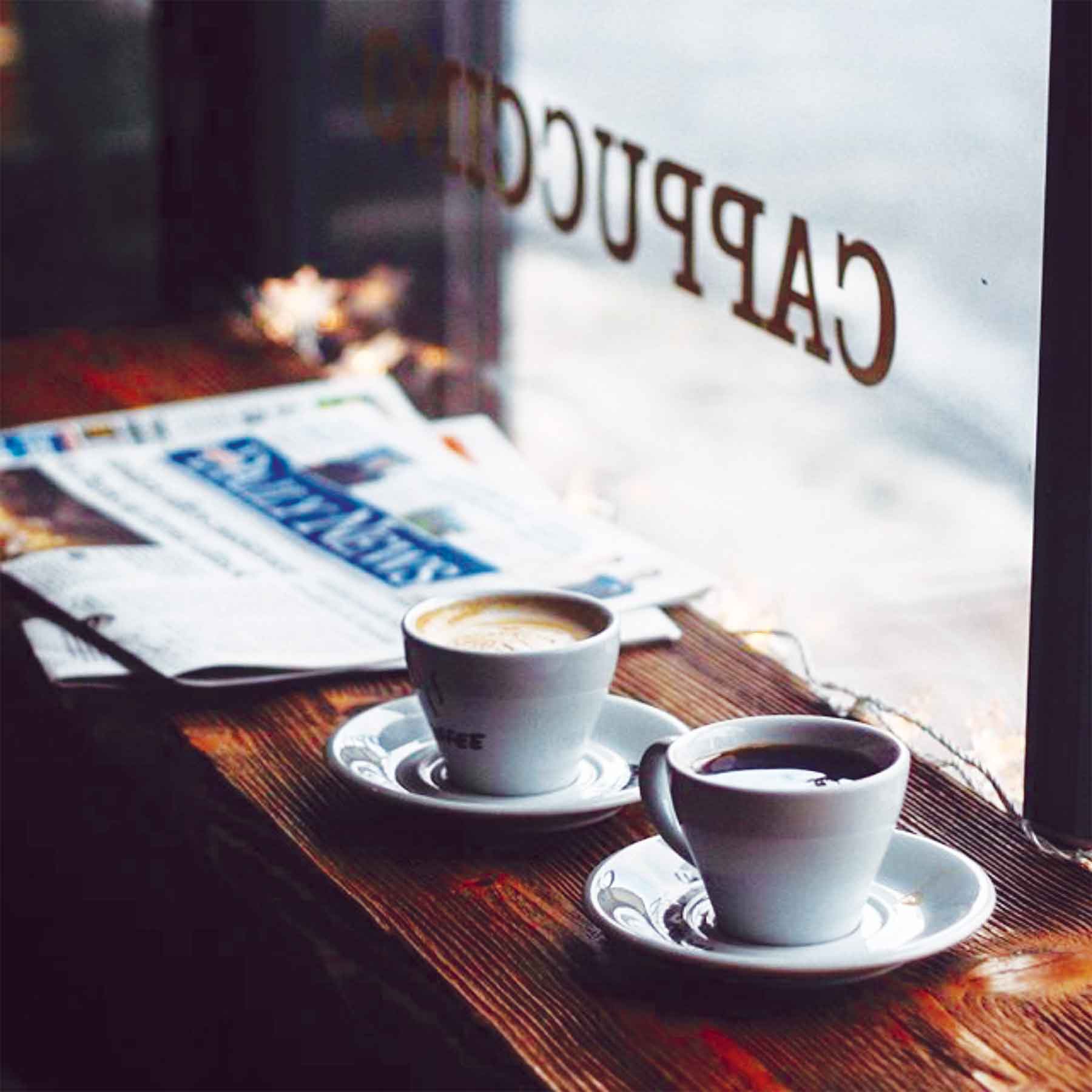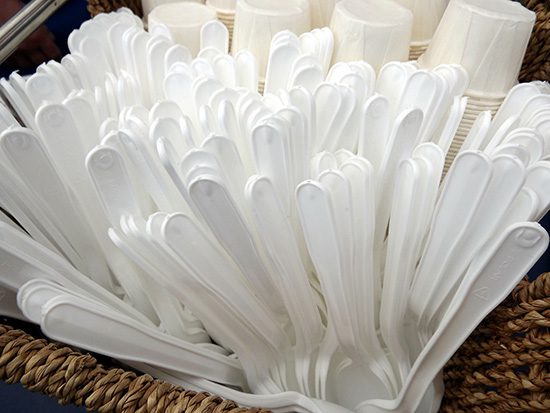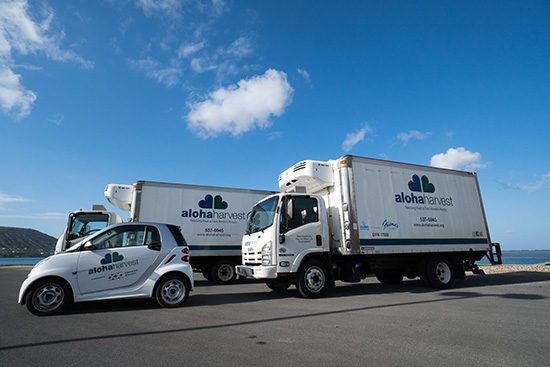
Lazy days are the best. But when we do have to be productive adults, there is only one thing getting our butts out of bed. Coffee.
“The moment the fragrance reaches his nostrils … the eyes grow bright, a healthful color and natural fullness returns to the cheeks, smiles wreath the mouth, the mind becomes active,” said Robert Hewitt in his book Coffee: Its History, Cultivation, and Uses.
We live in a society surrounded by coffee and caffeine. Why? Coffee not only helps us get the day started, it gets us through the day.
There are two types of people in this world: The Caffeinated and the Un-Caffeinated. The Caffeinated are bright-eyed and ready to seize the day. They read the news or check their emails. They walk a little faster and smile a bit wider as long as they have their trusty mug in hand.
The Un-Caffeinated are not as fortunate. They make their morning commute with bleary eyes, walk slowly and are more irritable when you hurry them along.
No one knows exactly how or when coffee was discovered, but legend has it that Kaldi, a goat herder from Ethiopia, discovered the potential of these beloved beans after noticing his goats eating red berries from a certain tree and becoming so energetic that they did not want to sleep, according to the article “History of Coffee” by the National Coffee Association.
The herder shared his findings with the local abbot who shared the tale of the berries with the monks at the monastery, and slowly the knowledge of the energizing berries made its way east and soon across the globe.
When coffee arrived in Europe in the 17th century, it took the continent by storm. Some people reacted to the new beverage with suspicion, calling it the “bitter invention of Satan.” The controversy was so great that Pope Clement VIII was asked to intervene. He decided to taste the beverage for himself before making a decision and found it so satisfying that he gave it papal approval.

By the mid-1600s, coffee was introduced to the New World. However, tea was still the favored drink until the Boston Tea Party changed the American drinking preference forever.
Post-revolt, coffee houses began to rapidly pop up across the nation, and coffee provided a social lubricant that brought people together.
They were and continued to be venues where people gathered to talk, write, read, entertain one another or pass the time.
During the first wave of coffee’s popularity, coffee came in cans, was bland and weak tasting. Not wanting to pay for overpriced, bland coffee, consumption of coffee began to decline.
The second wave of coffee began in direct response to the lack of quality. Places like Peet’s Coffee & Tea and Starbucks came up with new ways to distribute fresher, higher quality products and emphasized quality, value and image. People began to drink coffee again. There was a different flavor for everyone and a style for every lifestyle.
Recently, we have moved away from the social aspects of coffee culture and have started to look at coffee as a boost of productivity. More coffee means more work done, a boon in our society that demands productivity at all hours. Chances are you have a coffeemaker in your workplace.
Over the years, coffee drinking seems to have moved farther away from the social activity that it appears to be.
While people still frequent coffee houses for leisurely activities, it’s far more common to see people working on laptops, reading or doing some form of productive work at coffee houses.
“Most simply grab their coffee and go … while others prefer to keep human interaction to an absolute minimum by using the drive-through window,” said Colin Marshall in the article “The First Starbucks Coffee Shop,” which appeared in The Guardian. The number who are there solely for social purposes seems very small.
Coffee is a powerful beverage. On a personal level, it helps keep us awake and active. On a much broader level, it has helped shape our history and continues to shape our culture.
by Deborah Higa, Ka ‘Ohana Staff Reporter





